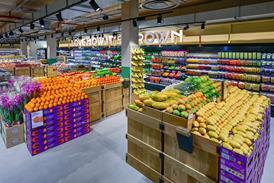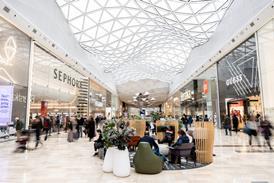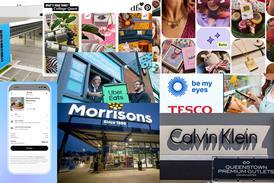Black Friday: Retailers confident of festive boost despite consumer caution

After one of the roughest years for consumer confidence on record, retailers are entering the golden quarter on less sure footing than ever.
Extended periods of record inflation have plagued 2023 – hitting a historic peak of 18.4% in May. As a result, 2023 has been a heavily promotional year for retailers across categories, as brands have been forced to slash prices to lure ever-more cash-conscious consumers to spend.
Already have an account? Sign in here



















